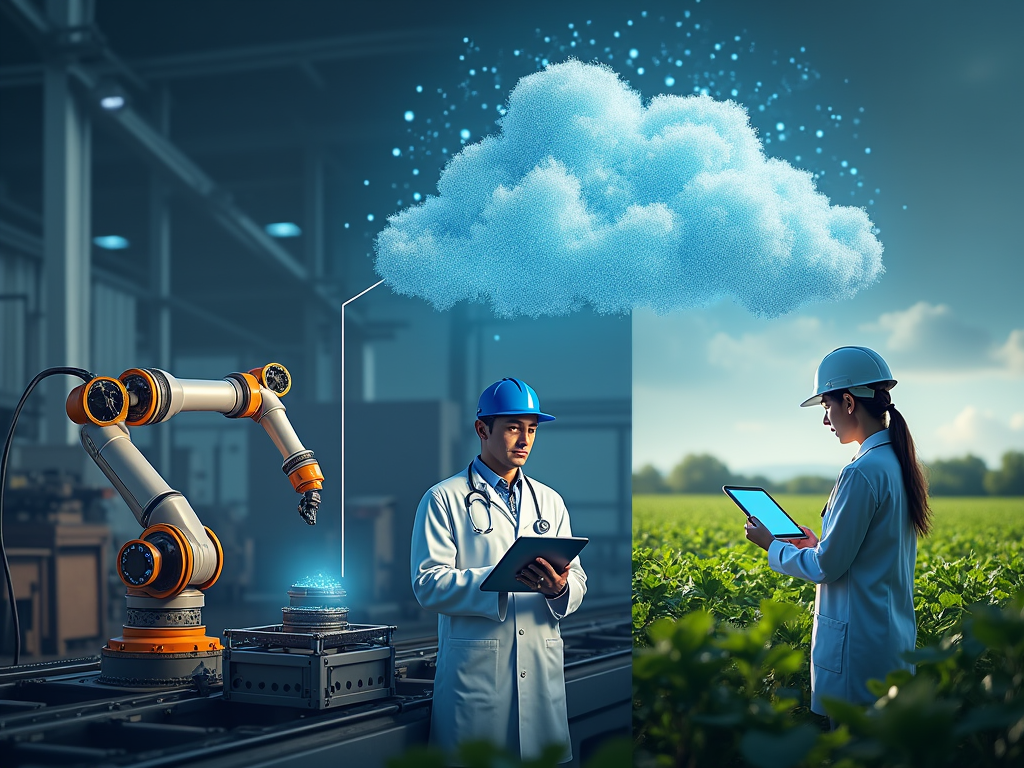Key Points
• Generative AI is revolutionizing multiple industries, democratizing technology and enabling non-technical individuals to create content and solve complex problems. The technology is projected to generate trillions of dollars in value across various sectors.
• AI is rapidly transforming workplace productivity, healthcare, and agriculture through advanced technologies like chatbots, automated processes, and intelligent data analysis. The AI market is expected to reach $407 billion by 2027, indicating massive potential for technological innovation.
The Evolution of Artificial Intelligence: Trends and Impacts
Artificial intelligence (AI) has been transforming industries and daily life at an unprecedented rate. As we navigate the complexities of the digital age, it is essential to stay informed about the latest trends and advancements in AI. This article will delve into the most significant AI trends of 2024, leveraging high-quality sources to provide accurate and recent information.
Generative AI: The Pinnacle of AI Trends
Generative AI, led by models like ChatGPT and GPT-4, has emerged as the most significant trend in AI this year. These models have revolutionized content creation, customer support, and virtual assistance by generating human-like text and images. The democratization of AI has enabled non-technical individuals to harness these tools, making them accessible to a broader audience. Generative AI is expected to generate trillions of dollars in value across various industries, with its market share projected to expand rapidly in the next few years.
AI in Workplace and Productivity
AI is significantly enhancing workplace productivity by automating repetitive and time-consuming tasks. Whether it’s inputting data in a spreadsheet, writing business plans, or controlling quality at manufacturing plants, AI is poised to increase productivity substantially. The adoption of AI in the workplace is not limited to business operations; it also extends to scientific research and healthcare. For instance, researchers are using AI to predict weather patterns, estimate carbon emissions, and enable sustainable farming practices.
Healthcare, Agriculture, and Technological Advancement
The healthcare sector is witnessing a significant impact from AI, particularly with the deployment of chatbots. These tools are helping medical professionals diagnose patients more accurately and efficiently. Similarly, in agriculture, chatbots are aiding farmers in identifying weeds, thereby accelerating scientific discoveries and medical breakthroughs.
Regulatory Landscape and Market Potential
The rapid growth of AI has led to increased concerns about its regulation. Government agencies and organizations like OpenAI are working to ensure that AI is used responsibly and ethically. The European Union has proposed a comprehensive AI bill aimed at regulating AI and addressing consumer concerns. This regulatory framework is crucial to mitigate risks associated with data manipulation, misinformation, bias, and privacy issues.
AI Market Growth and Future Projections
The AI market is projected to reach $407 billion by 2027, experiencing substantial growth from its estimated $86.9 billion revenue in 2022. This rapid growth is driven by the synergistic interaction of AI with other transformative technologies like IoT, robotics, NLP, and computer vision. The manufacturing sector is expected to see the largest financial impact due to AI adoption, with a gain of $3.8 trillion expected by 2035.
Conclusion
Artificial intelligence continues to transform industries and daily life at an unprecedented rate. The trends outlined in this article highlight the complexity and potential of AI in 2024, demonstrating its profound impact across multiple domains. As we continue to navigate this evolving landscape, staying informed about the latest advancements will be crucial to harnessing AI’s full potential.















